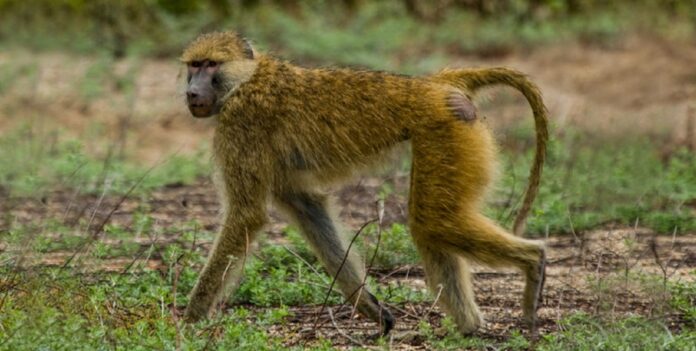Millions of people have received genome and exome sequencing, which has revealed the vast catalog of genetic differences that distinguish us as individuals.
Researchers from 24 nations examined the genomes of 809 people from 233 primate species, creating a complete inventory of genomic data on our closest relatives to date.
The study, which consists of a series of studies in which researchers from the German Primate Center Leibniz Institute for Primate Research (DPZ) participated, sheds new light on the evolution and diversity of primates, including humans.
Hybridization and gene flow between different species occurred in the past and continue to appear in several locations of their range, making baboons an excellent model for the evolution of early human lineages both within and outside Africa.
The genetic diversity of primates varies significantly between species and geographical areas. Christian Roos, a researcher in the primate genetics laboratory at the German Primate Center and one of the authors, suggests that understanding this diversity is essential for maintaining our closest relatives and understanding human evolution and the origins of human disorders.
The genomes of 809 people from 233 primate species have been sequenced by scientists from Universitat Pompeu Fabra in Spain, Baylor College of Medicine in the United States, and Illumina Inc. in the United States. This raises the number of primate genomes available by four and covers almost half the current primate species.
The comparative analyses provide important insights into what distinguishes humans from other primates and essential information on primates’ genetic diversity and evolutionary history.
The genomic data has reduced in half the number of genetic variants thought to be unique to humans, making it easier to seek mutations that we do not share with other primates and that could thus be the basis for the features that distinguish us as humans.
A new study looks more into the evolution of baboons and discovers many previously unrecognized occurrences of hybridization and gene flow between baboon species.
Liye Zhang, a doctoral student at the German Primate Center and one of the lead authors of the baboon study. Said, “We found that baboons from western Tanzania are the first nonhuman primates to have received input from three genetic lineages.”
Baboons from western Tanzania are the first nonhuman primates to be influenced by three genetic lines. This work reveals that the genetic structure of the baboon population and its history of gene exchange across species is more complex than previously assumed. Baboons serve as an excellent model for analogous processes in the evolution of early human lineages in and outside Africa.
Many common diseases, such as diabetes and heart disease, have unknown genetic etiology due to a lack of genetic knowledge or the many genetic and other factors involved.
Species conservation using genomic data allows species to better adapt to changing environmental circumstances and pathogens, and genetic diversity research reveals which species need to be preserved the most.
Rare mutations can raise the risk of disease. One of the main limitations in human and clinical genetics is the inability to identify disease-causing variants among hundreds of thousands. By comparing primate genomes, researchers have discovered 4.3 million mutations that may change protein function and cause human disease. Six percent of the 4.3 million discovered mutations are prevalent in primates and are thought not to influence human disease.
Kyle Farh, vice director of the AI group at Illumina Inc, the global leader in DNA sequencing, said, “It’s a kind of ChatGPT for genetics that uses genome sequences instead of human language.”
The conclusion shows the need for labeled data in variant interpretation by generating a comprehensive primate sequencing dataset and pairing it with a deep learning architecture to improve variant effect prediction across multiple clinical benchmarks.
Journal References:
- K. Kuderna, L. F., Gao, H., Janiak,et al. A global catalog of whole-genome diversity from 233 primate species. Science. DOI: 10.1126/science.abn7829
- Sørensen, E. F., Harris, R. A., Zhang, et al. Genome-wide coancestry reveals details of ancient and recent male-driven reticulation in baboons. Science. DOI: 10.1126/science.abn8153
- Gao, H., Hamp, T., Ede, J., Schraiber, etal. The landscape of tolerated genetic variation in humans and primates. Science. DOI: 10.1126/science.abn8197
- Wu, H., Wang, Z., Zhang, Y., Frantz, et al. Hybrid origin of a primate, the gray-snub-nosed monkey. Science. DOI: 10.1126/science.abl4997
- Shao, Y., Zhou, L., Li, et al. Phylogenomic analyses provide insights into primate evolution. Science. DOI: 10.1126/science.abn6919
